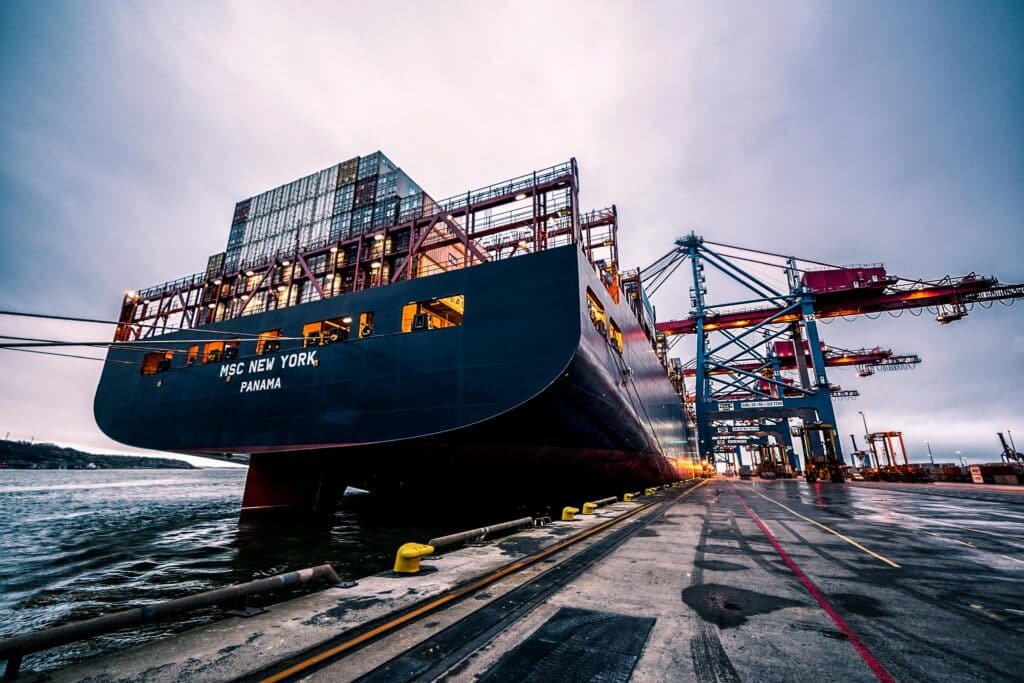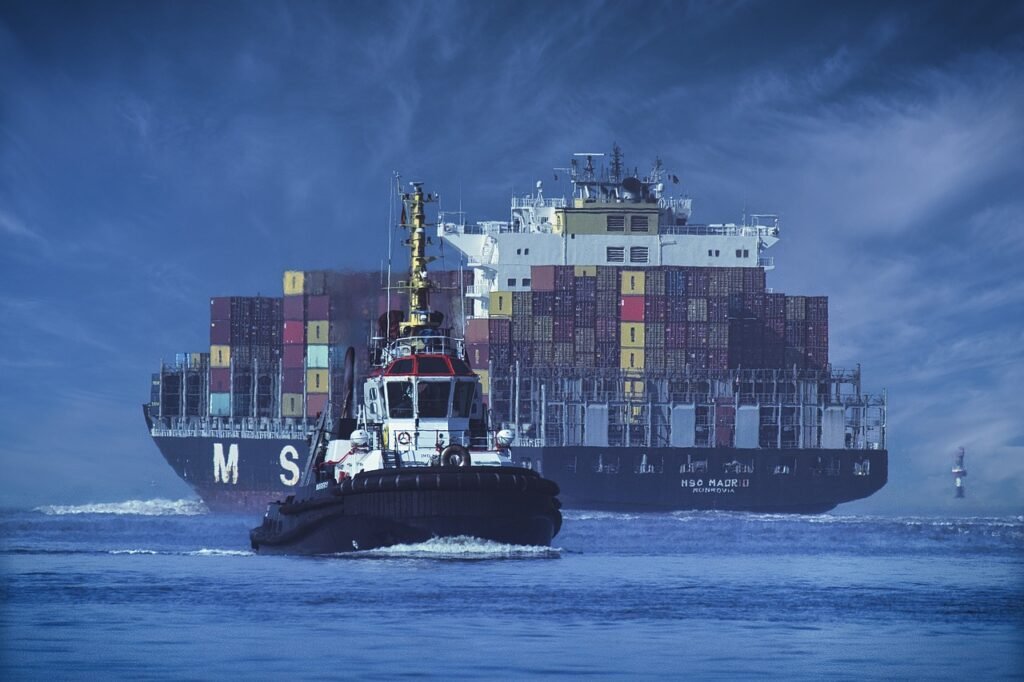
The shipping world has changed over the years. Imagine if we could send one container 50 years back by sea, but today we have many more options and means to deliver the items we want to desired destinations. There are many shipping companies in Dubai providing various shipping services when it comes to various clients.
The majority of the shipping is still carried out via the sea routes. The reason for this is that sea routes are well-established, and this type of freight is significantly more affordable for bulk goods.
However, some countries differ in terms of shipping to them. You can’t ship to them as easily as you would to stable, well-connected regions. Let’s call these high-risk countries for shipping. So, how do you ship to them if you have to? What challenges are involved? Let’s explore and understand.
What Is a High-Risk Shipping Country?
High-risk countries, you can get an idea from the name itself. These are the countries that pose some sort of risk or high risk, which makes shipping and trade with them difficult. You can still do the trade with such countries, but it’s not like any other country you trade with.
High scrutiny is carried out by international regulatory bodies. So, you have to go through a complex procedure, documentation, and compliance to deal with in order to ship to such high-risk countries.
Now, one might think, why are they called high-risk countries? What are the risks? Well, there are several risks associated with such countries, and that’s why dealing with them makes it difficult for businesses and even governments.
- Politically unstable or experiencing armed conflict
- Subject to economic sanctions or embargoes
- Known for corruption or weak customs enforcement
- Vulnerable to piracy or cargo theft
Countries Considered High-Risk for Shipping
Some of the high-risk countries from a shipping and trade point of view include Syria, Yemen, Sudan, North Korea, and Iran. These countries have been facing their challenges, be it international sanctions, international political situations, or even limited infrastructure that may support shipping to them.
Take, for example, North Korea, we are all aware how isolated the country is from the world. Nothing goes in, nothing goes out without Kim Jong Un’s leadership’s approval. His leadership and the party control everything happening in North Korea.
Then there are Yemen and Syria. They deal with different challenges. They are facing years-long armed conflicts, political instability, and a lack of infrastructure. If we go to the Sudan side, you will see political instability and corruption. It results in custom delays and unpredictable regulatory changes.
So, you can see all these countries are bringing some sort of challenges, which ultimately make it harder for carriers to ship to them.
Why Businesses Still Ship to High-Risk Countries
You’ve read about the countries and the risks associated with shipping to them. Another question is why someone or any business would want to ship to these countries. Your question is valid. But there is one simple reason, “opportunity.”
Every country presents an opportunity from a trade perspective. And there are people, businesses, and governments who don’t want this opportunity to go. They want to tackle the challenges of shipping to such high-risk countries. As you have heard, the greater the risk, the greater the reward. That’s the case here too.
These high-risk countries have an abundance of high-value natural resources. But apart from that, there are other trade items too. Since these countries are dealing with complex issues, humanitarian organizations may need to send medical or relief goods. These organizations, therefore, seek ways to send goods to these high-risk countries.
This is why cargo from Dubai to Russia, for instance, continues despite the complexities because the potential benefits often outweigh the risks.
Let’s consider what challenges you should expect when shipping to high-risk countries.
1. Customs Delays and Bureaucracy
The first challenge you’ll face when you ship to a high-risk country is the maze of bureaucracy. See, the thing is, when you are shipping to a stable and low-risk country, one thing you will notice is that stable countries have proper procedures in place. The documentation will be clear, and price transparency will also be available.
But, when the situation changes to high-risk countries, you won’t find much of that. Highly informal documentation would be present, with no clear transparency on what is expected from you, which causes delays. Also, you will be facing bribery in the form of unofficial “processing fees”.
2. Security Threats
Once you get past the documentation procedures, the next challenge is waiting for you. It’s a security threat. Security is a factor of concern in Syria, Yemen, North Korea, and other high-risk countries. These countries have rebellious groups, and for them, these container ships coming by sea or rail are an easy target. They engage in theft and looting, and in return, they demand ransomware.
You might have heard about the Somalian pirates, too. Today, their network is not as strong as it was a decade ago. However, there are still networks active in South Africa and Yemen. So, these pose a great threat to security, which makes shipping to high-risk countries more difficult.
3. Limited Carrier Availability
Another issue is the limited carrier. For FedEx, Maersk, DHL, or any other international shipping experts, these countries are difficult to deal with. Many choose not to operate due to the issues we are talking about here, like safety, security, and restrictions.
As a result, only a few or limited carriers are approved by international bodies to operate and export to high-risk countries. And when there is limited carrier availability, you can expect high shipping prices as well.
4. Regulatory and Sanctions Risk
Lastly, many high-risk countries are facing international sanctions. So it makes it more difficult to send cargo to these countries. The international bodies such as the United Nations, the U.S. The Office of Foreign Assets Control (OFAC), the European Union control and check what items are going to such countries and who is sending them. If you don’t meet the legal and formal procedures set by these regulatory bodies, then you might face heavy fines, loss of licenses, or criminal charges.
How to Prepare for Shipping to High-Risk Countries
1. Do Your Research
It’s best to start with some research and understand the country you want to ship to. What is the current political situation there? Are there any issues going on in the country? How are trade situations? You can find great information on the internet about these countries. You can also consult with any compliance experts for guidance.
2. Partner with the Right Logistics Provider
The next important thing is to go with a logistical partner who has experience in shipping to such high-risk countries. Not everyone will be taking your shipment straight away, as we all know the risk associated with these countries. But the one who is accepting your shipment, do check about their history and past shipping record.
3. Secure Packaging and Discreet Labeling
Once the shipment is confirmed, there are a few more steps. The next step is to spend time on using tamper-evident packaging or even plain labeling. With proper brand names, when necessary, to avoid attracting attention. Usually, the shipping company will do it for you and instruct you too. But you can ask them and make sure they do it properly.
4. Ensure Documentation and Compliance
The shipping company will again take care of the documents for you, but you need to check their procedure. See how they are handling the documents? What documents have they requested that you provide? Is everything legal and in compliance with the regulations of international authorities? If yes, then you are good. Also, you can ensure that you are compliant with:
- Your country’s export regulations (e.g., ITAR, EAR)
- The destination country’s import laws
- International trade rules
5. Review Insurance Options
Lastly, insurance will do wonders. You can speak with different insurers that help in covering high-risk shipping. Ask them questions and understand what’s covered, what’s not, and what premium you should expect to pay for full protection.
Read Also: Best Fixed Deposit Rates in UAE (2025) – Up to 5%
Summary
In the end, shipping to high-risk countries is possible. Sudan, Syria, North Korea, yes, you can send items, humanitarian aid to such countries. But you have to meet many regulations, as we have discussed in this blog. It’s not easy to ship to such countries, but it’s not impossible either. Once you meet the requirements, you can easily ship with government approvals.

